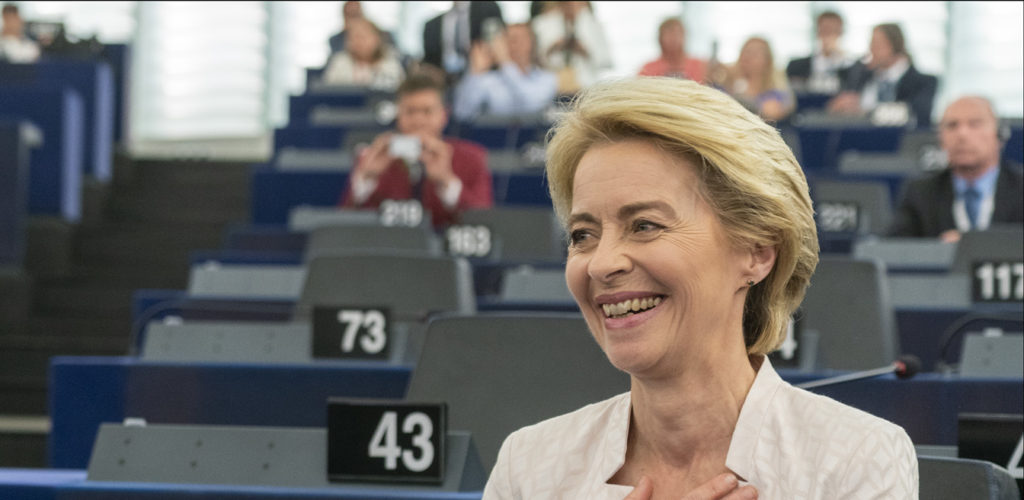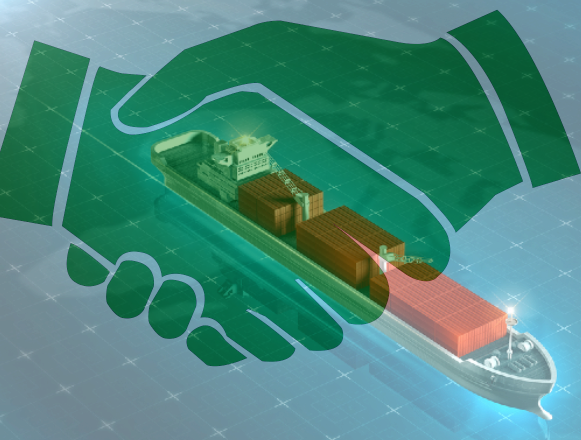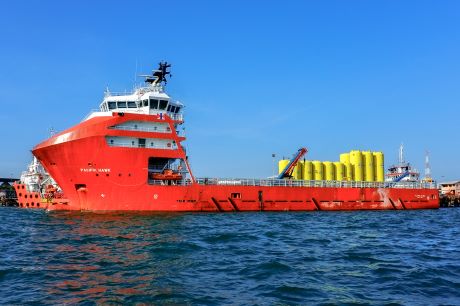The European Commission (EC) introduced its Green Deal to Europe last year so great fanfare. Samantha Fisk asks what the impact will be for the shipping industry as the Commission pushes clean transportation across all sectors?
Climate change is a problem and it’s here, now, so we are told. The EC’s Green Deal strategy aims at cutting emissions and making Europe more carbon neutral. Whilst the incentive is there to tackle this global problem, non-legislative measures and targets are being drawn up by the body to help make sure that the strategy is achievable.
The IMO has already made it clear it expects shipping to cut its CO2 emissions to 50% of what they were in 2008 by 2050, and is currently getting its strategy lined up.
As the 2020 Sulphur Cap came in to effect at the start of this year, the awareness that the shipping industry needs to step up its game if it is going to meet with future targets became more so apparent and we now see shipowners and institutions joining forces to help accelerate the development and adoption of green technologies.
With Europe’s Green Deal set to come into play, the face of transport is set to change with a predicted 75% shift of road transport being transferred on to waterways. The Commission notes that it is encouraging multimodal approaches to achieve a shift to more sustainable modes of transport, while improving the performance of these modes through different measures.
The Green Deal
The Sustainable Europe Investment Plan will mobilise through the EU budget and the associated instruments at least EUR 1 trillion of private and public sustainable investments over the upcoming decade. It puts forward a comprehensive framework for the sustainability transition from every corner of the EU. This framework will target climate, environmental and social investments, the latter as far as they are related to the sustainable transition.

The measures that are being implemented from the Commission range from finding incentives through to policies such as the Trans-European Transport Network (TEN-T) which looks to improve the capacity and quality improvements in EU transport infrastructure by closing gaps, removing bottlenecks and technical barriers as well as setting common technical standards.
A spokesperson for the Commission explained how the organisations was pushing for clean transport: “One of the main initiatives for rail is the Fourth Railway Package, which was adopted in 2016 and is currently being implemented. It aims at harmonising technical and market framework conditions across the EU to make international rail operations more efficient and competitive, thereby improving cost-effectiveness and quality of rail services as well as reducing the administrative burden for railway undertakings.”
Further developments will aid the development of inland waterways to also integrate them better in to the logistics chain. The NAIADES II is one programme that looks to improve upon this. Further, programmes look set to emerge soon as the Commission adopts more sustainable and smart technology in 2020 that will target emissions and the reduction of them.
Fathom World has been told that the Commission will also work on a new initiative for a holistic approach to greening cargo transport in Europe, which aims to present specific proposals in 2021. A source in the Commission said this could involve the revised proposal on combined transport, the revision of TEN-T Regulation, and the Commission is also evaluating the Regulation on Rail Freight Corridors. It is also looking into other possible steps, such as solutions to increase the operational efficiency of rail companies, which would improve the competitiveness of rail and thus facilitate modal shift.
Adopting new technologies will be costly not just for the shipowners but also for those who are developing them. The Commission has been looking at funding options that should enable these new technologies to come on to the market more readily.
“The EU has made available a variety of dedicated funding tools supporting maritime sector and ports : TEN-T and its main financing instrument – the Connecting Europe Facility (CEF), the European Fund for Strategic Investments (EFSI)”, the Spokesperson explains about plug-in solutions for ports in the future that will support battery technology.
Regular readers of Fathom World will recall recent news about funding for hydrogen powered fuel cell projects.
The EU has also developed specific instruments to support the deployment of clean technologies, such as, the Green Shipping Guarantee Programme (GSGP) and the Transport Blending Facility (TBF). In addition there are other funds which can be used for this purpose: the European Structural and Investment Funds (ESIF) and the Horizon 2020.
































